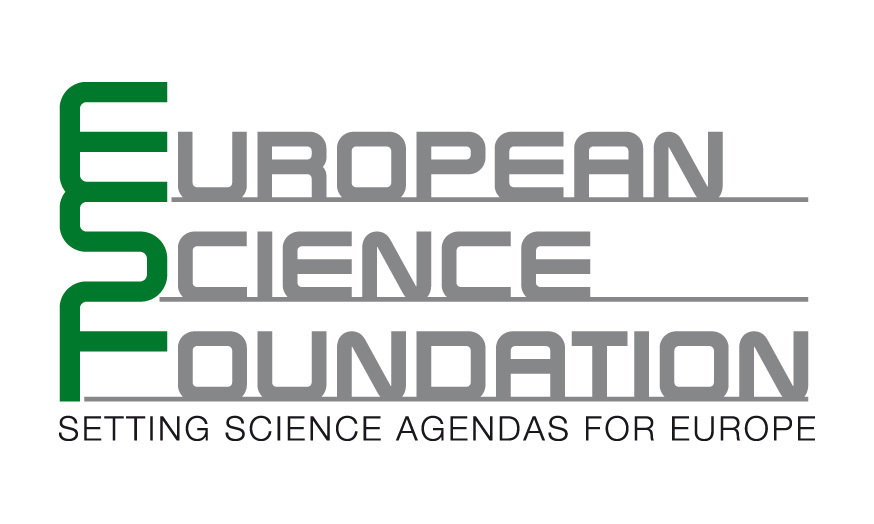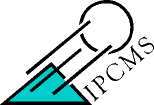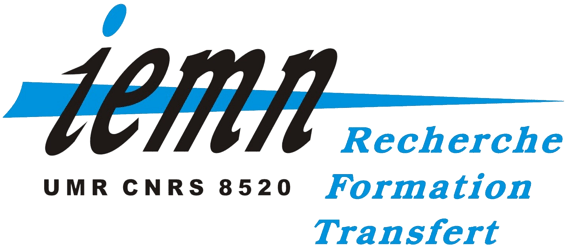-
Overview
-
Topics
- E-MRS Fall Meeting 2008 homepage
- Invited talks of Plenary sessions
- Raman scattering in materials science
- Transparent and Flexible Electronics: from Materials to Devices
- Smart Materials for Smart Devices and Structures
- Novel synthesis processes and design of nanomaterials for catalytic applications
- Plasmonic nanostructures for application in the life sciences
- Nanocomposite materials
- Morphology and dynamics of nanostructures and disordered materials via atomic-scale modelling
- Crossing frontiers in designing of bio-inspired materials - a novel breakthrough in material science
- Functional and Structural Ceramic and Ceramic Matrix Composites (CCMC)
- New Opportunities and Challenges in Material Research using Phonon and Vibrational Spectra
- Mechanics of nanomaterials
- New Scaffolds for Tissue Engineering: Materials and Processing Methods
- Commercial exhibitions
-
Satellite events
-
Register
-
Archives
- E-MRS Fall Meeting 2002 - on-line journal
- E-MRS Fall Meeting 2003 - website
- E-MRS Fall Meeting 2003 - on-line journal
- E-MRS Fall Meeting 2004 - website
- E-MRS Fall Meeting 2004 - on-line journal
- E-MRS Fall Meeting 2005 - website
- E-MRS Fall Meeting 2005 - on-line journal
- E-MRS Fall Meeting 2006 - website
- E-MRS Fall Meeting 2006 - on-line journal
- E-MRS Fall Meeting 2007 - website
- E-MRS Fall Meeting 2007 - on-line journal
- E-MRS Fall Meeting 2009 - website
- E-MRS Fall Meeting 2009 - on-line journal
Welcome
This symposium will be a forum of interaction and exchanges among scientists involved in the atomic-scale, computer based modeling of nanostructures. The systems of interest will encompass: clusters, isolated or supported on substrates; complex molecules and supra-molecular structures adsorbed at surfaces; bulk systems for which nanostructural units can be clearly identified; and disordered systems, in particular those based on collections of constitutive units, such as network-forming glasses and liquids.
It appears that modern approaches of atomic-scale computer modeling are applied to these two classes of systems on the basis of identical methodological requirements. These are targeted to provide the most accurate characterization of structures and migration mechanism. Therefore, a scientific meeting rooted on the consideration of nanostructures and disordered systems on the same theoretical footing is fully legitimate. To ensure adequate exposure and interaction with the experimental counterpart, leading scientists reporting on experimental open issues and recent achievements in the area of nanostructures and disordered materials will be involved.
Programme
The knowledge about the structural conformation and evolution of atomic-scale objects subject to temperature and external constraints (such as pressure, stress, external fields, etc.) is a necessary prerequisite to understand and characterize the behavior of nanostructures, to be intended as systems bearing peculiar properties at the nanometer scale compared to their bulk counterparts. This same requirement also applies to disordered systems , for which the input from atomistic modeling has proved to be determinant in elucidating experimental findings, such as total and partial structure factors.
Today atomic-scale methods are available to describe materials on a computer with no sacrifice in terms of chemical bonding and interatomic forces accuracy. Moreover, the rapid growth of computational resources allows to obtain performances more and more adapted to study realistic systems sizes and time intervals, for essentially any kind of condensed matter system. From the atomic-scale point of view, the common denominator acting as a unifying factor between nanostructures and disordered matter communities is the use of molecular dynamics techniques.
By focusing on specific applications of this and related approaches, the Symposium will provide state-of-the-art information on their predictive power, when applied to non-homogeneous and non-ordered materials. In particular, we shall infer the capabilities of molecular dynamics to address issues such as: structural determination, interplay between electronic and geometrical shell closing effects, migration mechanism for on-surface phenomenon (for nano-objects in their isolated or adsorbed form ), as well as identification of constitutive structural units, microscopic nature of glassy formation and origin of measured features (for disordered materials). The methodological advances that have made feasible simulations combining different level of accuracy in the calculation of properties in different regions of space will be a special focus of th Symposium. Also, issues related to magnetic nanostructures will be much welcome in this context, with specific interest for self-organization and the related migration phenomena, as well as the correlation between structural and magnetic properties. The Symposium will be also open to significant contributions in the field of structural studies of large molecules of organic or biological interest, especially when adsorbed on inorganic substrates.
I NVITED SPEAKERS
Hervé Bulou (Strasbourg), nanostructures on surface
Carme Rovira (Barcelona), biological nanostructures
Mark Wilson (Oxford), disordered systems
Jean-Yves Raty (Liège), disordered systems
Carla Molteni (London), nanosystems, liquids and biomolecules
Alessandro Mattoni (Cagliari), nanocrystals in amorphous systems
Christoph Dellago (Wien), methodology, transition path sampling
approaches
Annick P. Dejaegere (Strasbourg), bio-computing
Phil Salmon (Bath) experiments on glasses
Karina
Morgenstern (Hannover), experiments on nanostructures
Simona Ispas (Montpellier) simulation of glasses
Francesco Montalenti (Milan) molecular dynamnics at surfaces
SCIENTIFIC COMMITTEE
Luciano Colombo (Cagliari, Italy)Paul Madden (Edinburgh, UK)
J.-P. Bucher (Strasbourg, France)
Alfredo Pasquarello (Lausanne, Switzerland)
Alain Pasturel (Grenoble, France)
Xavier Gonze (Louvain, Belgium)
Walter Kob (Montpellier, France)
Juerg Hutter (Zuerich, Switzerland)
Organisers
Dr.
Carlo Massobrio
Institut de Physique et de Chimie des Matériaux, Strasbourg
23, rue du Loess, BP43
F-67034 Strasbourg Cedex 2
France
Phone: +33388107040
Fax: +33388107249
[email protected]
Prof.
Fabrizio Cleri
Institut d'Electronique, Microelectronique et Nanotechnologie
Université des Sciences et Technologies de Lille
F-59652 Villeneuve d'Ascq
France
Phone: +33 320 197928
Fax: +33 320 197884
[email protected]
Prof.
Rafal Kozubski
Institute of Physics
Jagellonian University
Reymonta 4
30-059 Krakow
Poland
Phone: +48 12 663 57 16
Fax: +48 12 633 70 86
[email protected]
Proceedings
Proceedings will be published in a special issue of the international journal Solid State Science. All papers will undergo the regular peer-review process.Sponsors
The organization is made possible also thanks to the generous support of the European Science Foundation (through the Program SimBioMa), the IPCMS Strasbourg, the IEMN Lille, and the French Embassy of Poland.



Contact
Dr.
Carlo Massobrio
Institut de Physique et de Chimie des Matériaux, Strasbourg
23, rue du Loess, BP43
F-67034 Strasbourg Cedex 2
France
Phone: +33388107040
Fax: +33388107249
[email protected]
